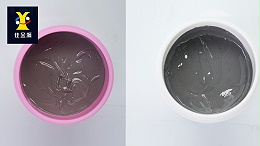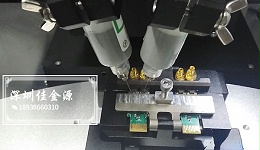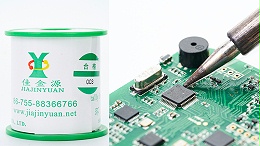
During storage or use, leaded solder paste and lead-free solder paste are prone to oxidation by air. So, which of the two is more prone to oxidation? Today, the solder paste manufacturer's editor will tell you all about it.

There is lead solder pasteThe most common difference from lead-free solder paste lies in whether it contains lead, and the lead element is precisely the key factor that distinguishes the oxidation rate of the two. When lead is added to tin, it will have excellent mutual solubility, oxidation resistance, corrosion resistance and other properties. When the temperature is as high as210~230At this time, tin will diffuse to the surface, while lead will300℃The following is not prone to diffusion, and its contact area with air is also smaller, making it less likely to be oxidized. Lead-free solder paste contains no lead and has a higher melting point. Therefore, the outer surface expansion force of lead-free solder paste is stronger, and the metal components are prone to oxidation caused by oxygen in the air.
The role of lead in solder paste:
Continuously improve the mechanical properties and constantly enhance the antioxidant strength of tin-lead alloys.
It effectively reduces surface tension and viscosity, thereby enhancing the fluidity of the solder paste and being more conducive to itPCBWettability on the solder pad.
To avoid causing whiskers, along with the addition of metallic lead, the tin content is70%The following various lead-tin solders can all prevent the formation of tin whiskers; Lead is a stable metal that is not prone to oxidation, which can enhance the oxidation resistance of the solder joint.
So, lead-free solder paste is more prone to oxidation than leaded solder paste. Everyone must pay more attention when using it!



